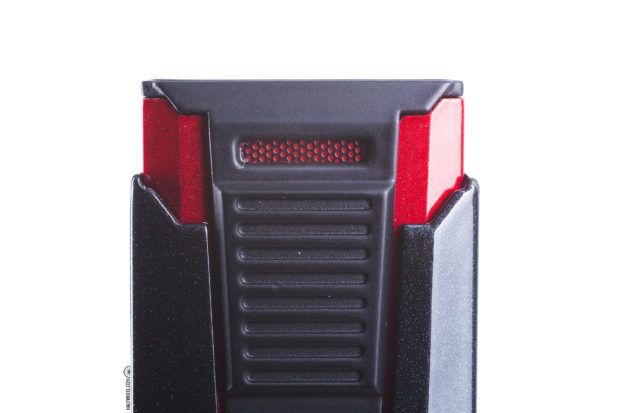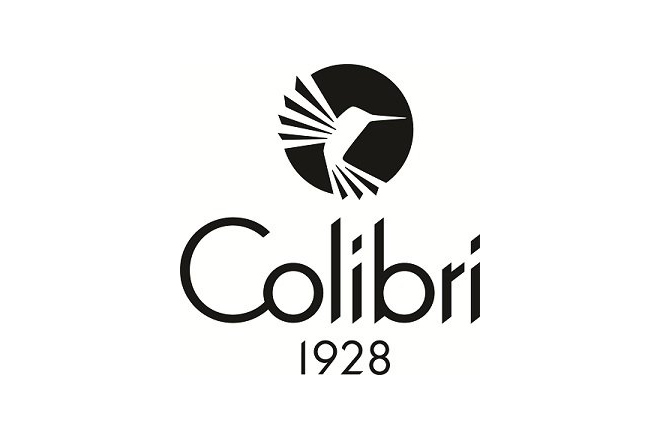Read enough lighter reviews and there is one word that you will see with almost boilerplate consistency: down. In particular, regarding the ignition mechanism, it’s almost always either push down or pull down to get the lighter going; only a handful of models employ a side squeeze action where the word down wouldn’t be applicable.
But in the case of the new Colibri Slide, the word down is almost completely irrelevant. Instead, the company has replaced it with the word up, as in, push up to ignite the lighter. While it might take a moment to break the mental habit of how one engages a lighter, it doesn’t take too long to figure out how to get things going.
The dual jet torch provides two separate streams of fire that are angled in to create a point about an inch above the body of the lighter, which the Colibri refers to as a pyramid flame and that results in a bit wider flame than a single torch and with a bit more power.
As someone who leans towards dual flame lighters for my regular use, I’m impressed by how the Colibri Slide is laid out as it gets the two flames to work together without sacrificing the ability to pinpoint the flame for spot touch-ups and fairly precise lighting. I’ve tried a couple of samples of the Slide and have seen some variance in the aim and strength of the two jets—for instance, one flame might be a bit higher than the other—but the end result is still quite good and certainly more than serviceable for my liking.
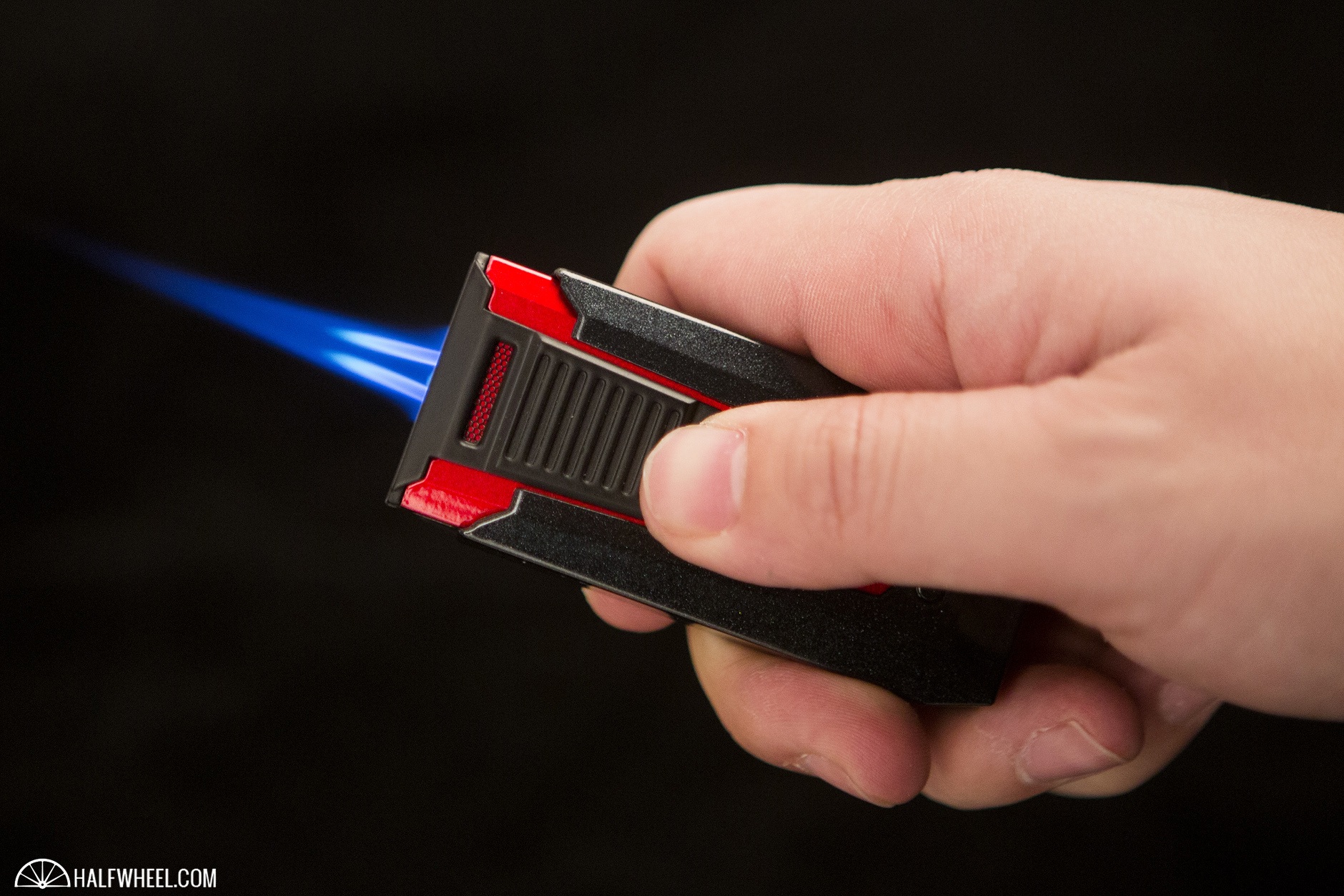
The area where I found the sliding up system to be the most awkward is when the lighter gets pointed towards my face, as in when I am toasting a cigar and giving it a puff or two. There’s always an inherent risk and correlative caution when pointing a lighter that can put out temperatures into the four digits towards one’s face, but when the thumb becomes the driving force of that flame and all the muscles that stem off the thumb seem inclined to bring the flame closer to the mouth it is a bit disconcerting. Fortunately this is resolved by a bit of training the thumb not to push up, but rather to offer just enough resistance to keep the ignition from sliding back down. It’s a small difference, but one that does make for quite a drastic difference in experience.
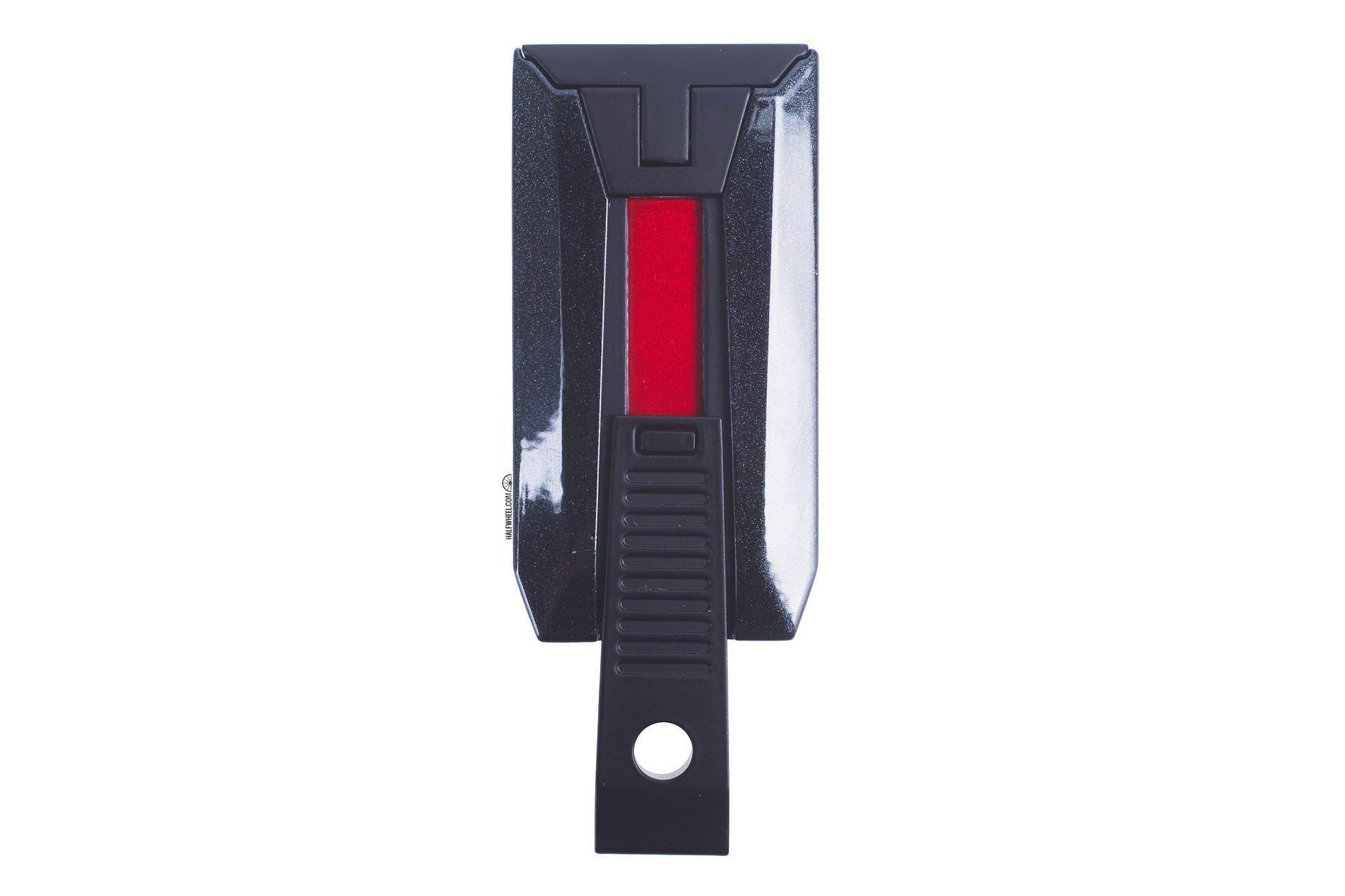
In keeping with the sliding theme, the Colibri Slide also features a slide-out 7mm punch cutter on the back of the unit, decoyed almost well enough to be completely overlooked. A small push-button unlocks the cutter’s panel and allows you to slide it down into a locked position for use. Pushing the button releases it so you can return it to its concealed position.
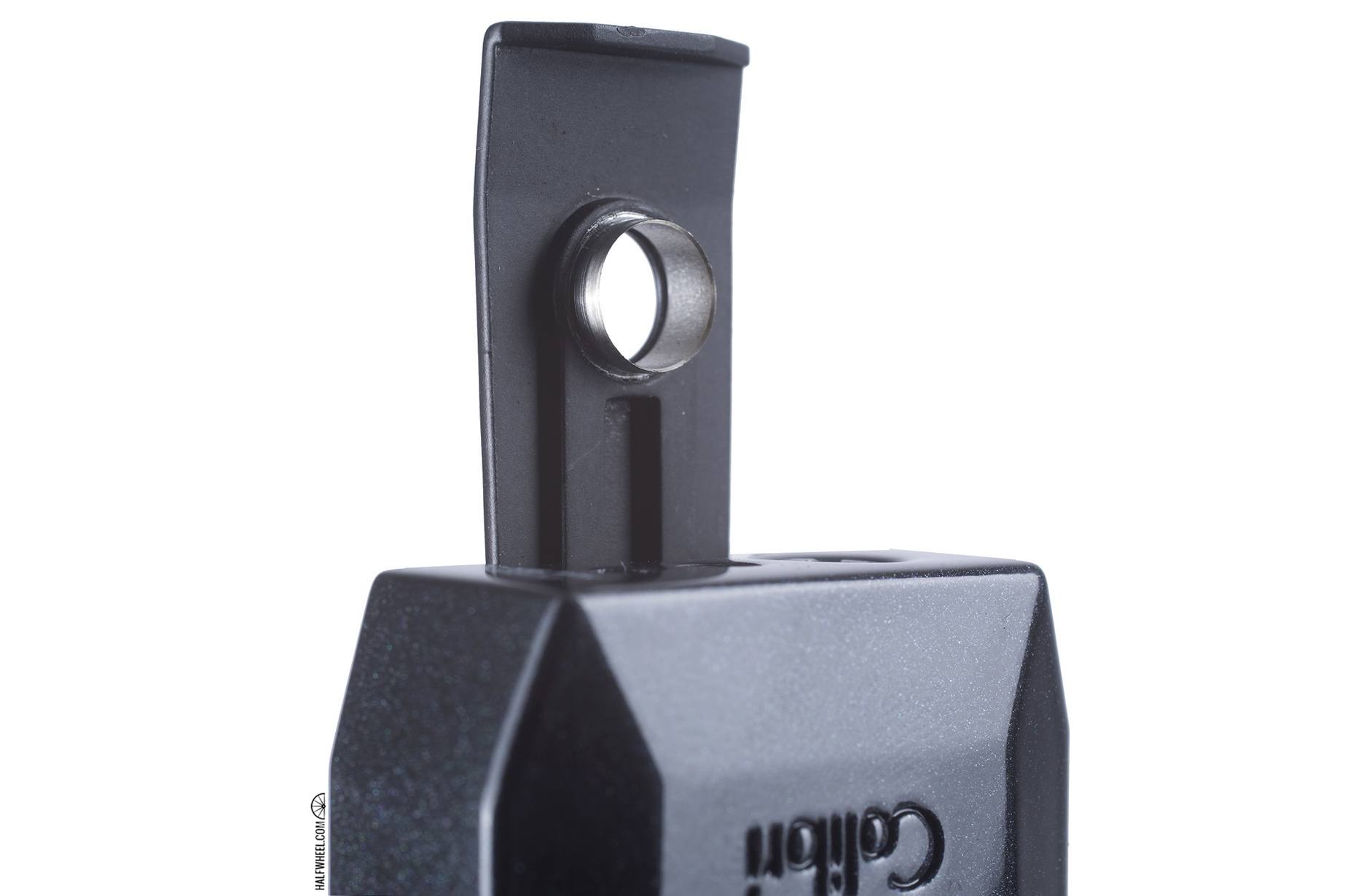
As I’ve mentioned in other lighter reviews, I’m not one for a punch cut most times, as if I didn’t have my regular cutter I would generally opt for my fingernail to remove the cap. But for those who fancy a punch cut, it is an appreciated add-on, and while it doesn’t provide a ton of room to maneuver because of a lip at the end of the panel, it is big enough to accommodate a 60 ring gauge cigar with room to spare. The cutter itself isn’t terribly deep, but it is deep enough to do the job well.
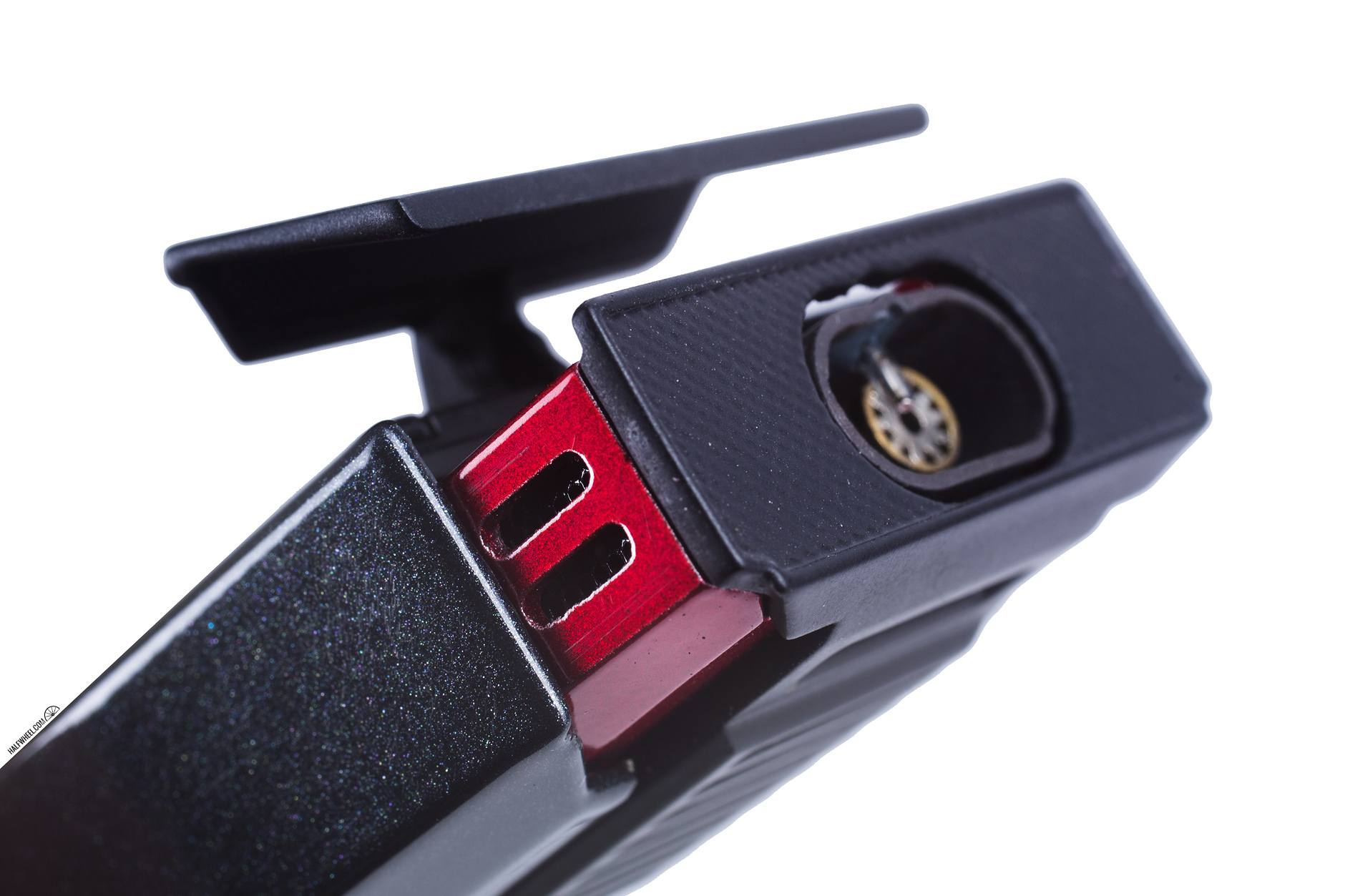
There are two points where the non-traditional design of the Colibri Slide makes itself known, and they are both on the underside of the lighter: filling the fuel tank and adjusting the flame. The adjustment range is about 270 degrees, and I’ve found the best setting to be just about halfway through that range if not a few degrees beyond that. At its fullest, the flame is too big and does belch fuel a bit, so there’s no sense in going that far.

The former—filling the tank—does require a bit different approach, since it requires applying some downward force to the lighter. Because the fuel valve is part of the Slide’s body, it too moves, so if you insert a can of fuel in it will push the lighter’s body up and make filling a challenge. Thankfully, all one has to do is just hold the body in place by way of the lid and the issue is resolved. The tank itself is a decent size, with a full tank more than enough to get through a night’s worth of cigars, though it’s certainly not a table top in terms of capacity. The blue panel on the front makes checking the fuel level quite easy so an empty tank should never be a surprise.

The latter is the lesser of the two since there isn’t a lot of pressure required to adjust the flame. It’s a familiar way to adjust the flame, using a flat implement such as a screwdriver, dime or thumbnail to adjust the flame. While you can turn the lighter up too far, even at its most open setting the flame stays under decent control, though I recommend backing off about a quarter-turn from that point for optimum performance.
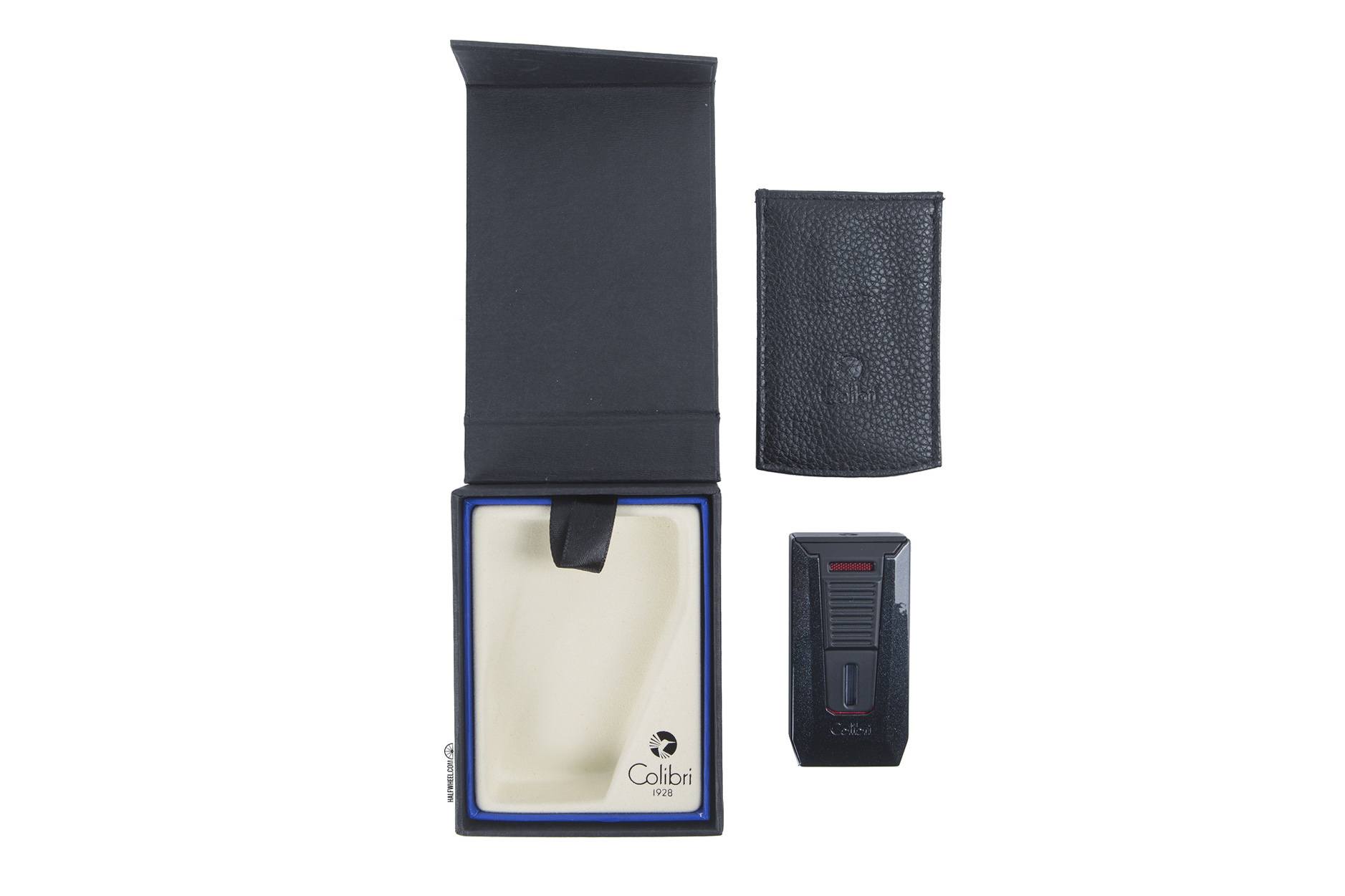
Having used the Colibri Slide on a near daily basis for the better part of six weeks, I’m happy to report that the lighter has impressed me on pretty much all fronts. It’s been very reliable in terms of lighting, is comfortable in the hand and more than competent when it comes to lighting any cigar quickly and evenly. Other than a bit more consistency from the flames from model to model, there isn’t much that I could recommend as an improvement to the design.
What intrigues me most is what this might lead to, both for Colibri and other companies that manufacture lighters. While I’m skeptical that this will lead to a big evolution of lighters, it certainly shows that a new approach can be brought to the segment and that innovation—even if it’s by way of a fairly modest change—is still alive in the accessories market.
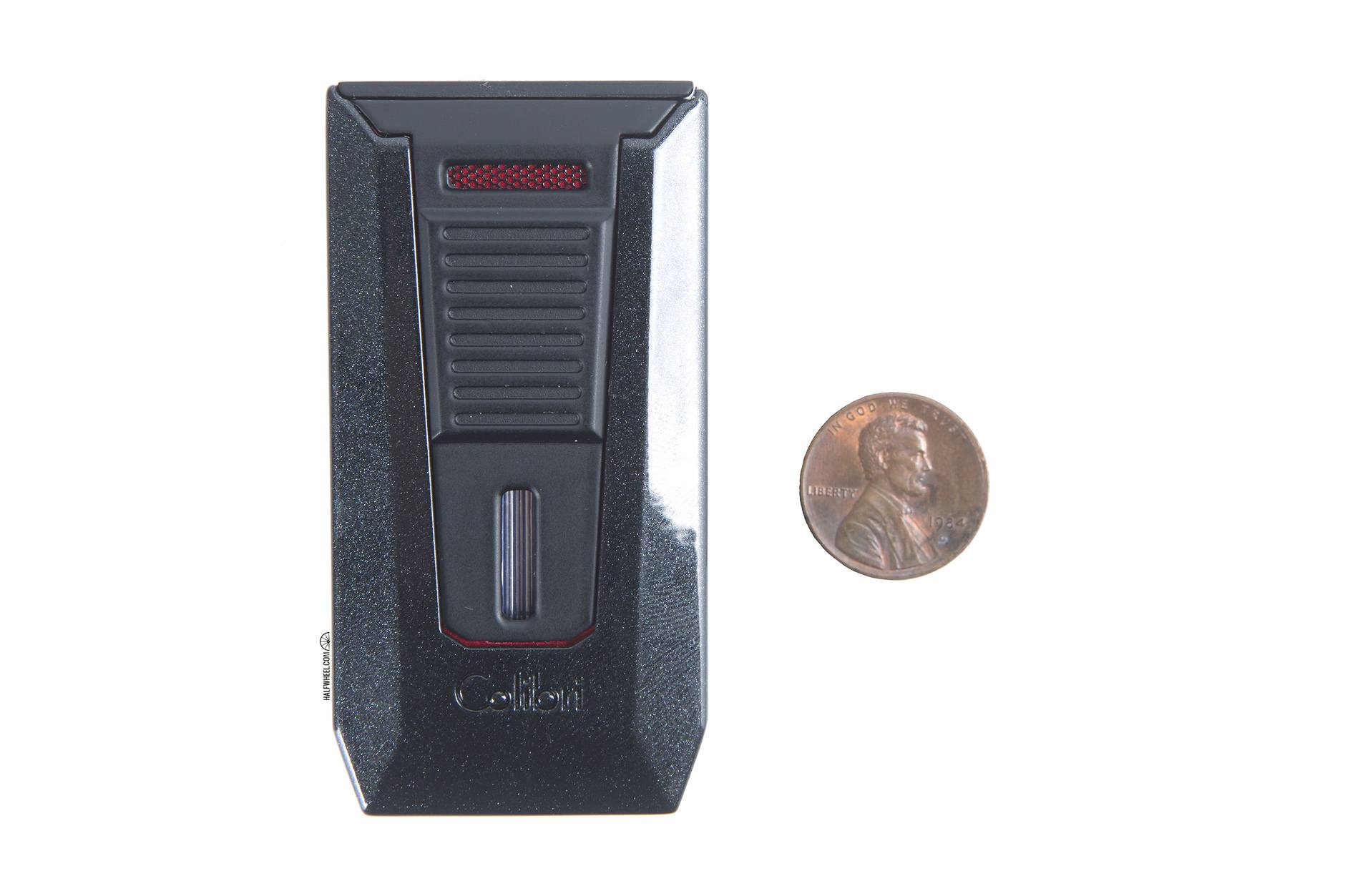
The Colibri Slide is available in five finishes: black with red; silver with blue; red with black; blue with black and matte black with chrome, each with an MSRP of $59. It also comes with a gift box and a snug fitting protective pouch that features a built in ribbon that when pulled lifts the lighter out with ease, another impressive touch.
The lighter for this review was sent by Colibri.
Site sponsors Payless Cigars & Pipes and STOGIES World Class Cigars (713.783.5100) have the Colibri Slide in stock.

